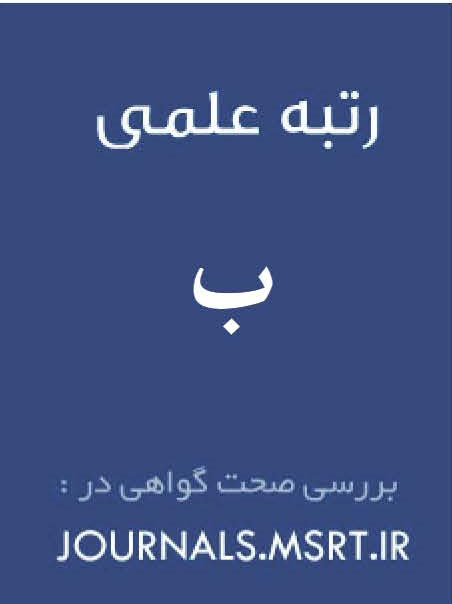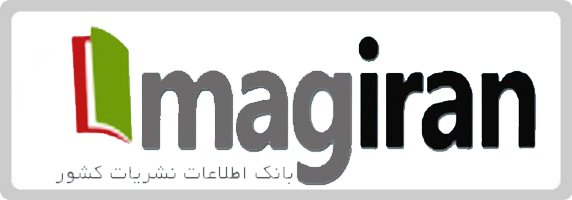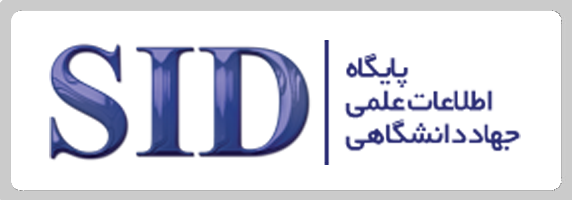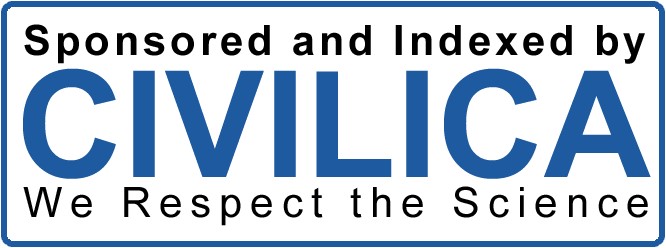Ethical Principles
The Quarterly of Experimental and Cognitive Psychology is committed to upholding the highest standards of publication ethics to maintain the integrity, transparency, and quality of the research it publishes. The journal adheres to the guidelines set forth by the Committee on Publication Ethics (COPE) and expects all parties involved in the publication process — authors, editors, reviewers, and the publisher — to act ethically and responsibly. Below is a detailed outline of the ethical principles and practices that guide our editorial process.
Responsibilities of Authors
Authors play a central role in maintaining the credibility and integrity of academic publishing. The following ethical responsibilities are expected of all authors submitting to the journal:
-
Originality and Plagiarism
- All submitted manuscripts must be original works of the authors.
- Proper acknowledgment and citation of all sources, data, and materials used in the research are mandatory.
- Plagiarism, including self-plagiarism (reuse of one's own previously published work without appropriate citation), is strictly prohibited. Manuscripts will be screened using iThenticate to ensure originality.
-
Authorship Criteria
- Authorship should be limited to individuals who have significantly contributed to the research design, data collection, analysis, or manuscript preparation.
- All contributors who do not meet authorship criteria should be acknowledged appropriately.
- The corresponding author is responsible for ensuring that all listed authors approve the manuscript and agree to its submission.
-
Data Integrity and Transparency
- Authors must ensure that data presented in the manuscript is accurate, complete, and free from fabrication, falsification, or selective reporting.
- Raw data should be available upon request during the peer-review process or post-publication to verify findings.
-
Conflict of Interest
- Authors must disclose any financial, personal, or professional conflicts of interest that may influence the research or interpretation of results.
- This includes funding sources, affiliations, or relationships that could be perceived as conflicts.
-
Ethical Compliance
- Research involving human participants, animals, or sensitive data must comply with ethical standards and obtain approval from appropriate ethics review boards.
- A statement confirming ethical compliance and informed consent (where applicable) should be included in the manuscript.
-
Multiple Submissions and Redundant Publication
- Authors must not submit the same manuscript to more than one journal simultaneously.
- Redundant or duplicate publication of the same research in different journals is unethical unless explicitly agreed upon by all parties and appropriately cited.
Responsibilities of Editors
Editors are entrusted with safeguarding the integrity of the journal and the peer-review process. Their responsibilities include:
-
Editorial Independence and Fairness
- Editorial decisions are made based on the scientific merit, originality, and relevance of submissions, without influence from personal biases or external pressures.
- Editors must ensure a fair and unbiased review process for all submissions.
-
Confidentiality
- Editors must treat all submissions as confidential and must not disclose manuscript details to anyone outside the editorial team, reviewers, and publisher.
-
Conflict of Interest
- Editors must recuse themselves from handling manuscripts where they have a conflict of interest due to financial, professional, or personal relationships with the authors.
-
Handling Ethical Violations
- Editors are responsible for investigating and addressing ethical issues such as plagiarism, data fabrication, or authorship disputes.
- Appropriate actions, including retraction or correction of published articles, will be taken when ethical breaches are identified.
-
Transparency and Accountability
- Editors should ensure that journal policies, submission guidelines, and review criteria are clearly communicated and consistently applied.
- They are also responsible for publishing corrections, clarifications, or retractions as necessary.
Responsibilities of Reviewers
Reviewers play a crucial role in ensuring the quality and integrity of the research published in the journal. Their responsibilities include:
-
Objective Evaluation
- Reviews should be conducted objectively, focusing on the scientific content and quality of the manuscript.
- Personal biases, criticisms, or unprofessional language are not acceptable.
-
Confidentiality
- Manuscripts under review must be treated as confidential. Reviewers must not share, discuss, or use the content of the manuscript for personal purposes.
-
Conflict of Interest
- Reviewers must disclose any conflicts of interest (financial, professional, or personal) that could influence their evaluation of the manuscript.
- If a conflict exists, reviewers should recuse themselves from the review process.
-
Timeliness
- Reviewers are expected to provide their feedback within the agreed-upon timeframe.
- If unable to meet the deadline or provide a thorough review, they should notify the editor promptly.
-
Constructive Feedback
- Reviewers should provide constructive, detailed, and evidence-based feedback to help authors improve the quality of their manuscript.
- Criticism should be focused on the research content and methodology, not on the authors themselves.
Responsibilities of the Publisher
The publisher ensures that all aspects of the publication process are conducted ethically and transparently. Responsibilities include:
-
Archiving and Accessibility
- The publisher guarantees the long-term availability of published content through reliable archiving systems (e.g., Magiran, SID, Noormags, Civilica, Ensani).
-
Addressing Ethical Concerns
- The publisher collaborates with editors to investigate and resolve ethical issues, including publication misconduct, retractions, or disputes.
-
Transparency and Communication
- Clear communication of journal policies, including submission guidelines, peer-review processes, and APCs, is maintained to ensure author and reader trust.
Ethical Violations and Misconduct
The journal takes all forms of ethical violations seriously. Common issues include:
- Plagiarism: Detection using iThenticate.
- Data Fabrication/Falsification: Investigation through raw data verification.
- Authorship Disputes: Addressed in collaboration with all parties involved.
- Post-Publication Concerns: Errata, retractions, or expressions of concern will be issued as necessary to correct the academic record.
The journal follows COPE guidelines for investigating and addressing ethical misconduct.
Transparency Statement on the Use of Artificial Intelligence
In light of the growing use of artificial intelligence (AI) tools in academic writing, translation, data analysis, and editorial processes, our journal is committed to ensuring full transparency and ethical responsibility in the use of such technologies throughout the submission, peer review, and publication processes.
To uphold the highest standards of academic integrity and align with the recommendations of the World Association of Medical Editors (WAME), our journal has adopted the following principles regarding the use of AI:
-
Transparent and Responsible Use: Authors are required to clearly disclose any use of AI tools—such as ChatGPT, Grammarly, DeepL, or others—at any stage of manuscript preparation (e.g., literature review, results description, discussion writing, language editing, or translation). This disclosure should appear in the acknowledgments section or a footnote on the title page.
-
AI Tools Cannot Be Authors: According to the WAME guidelines, AI tools cannot be credited as authors of scientific manuscripts. These tools do not meet authorship criteria because they lack legal responsibility and the ability to consent to publication or accountability for the content.
-
Human Oversight and Validation: All AI-generated content must be critically reviewed, edited, and validated by human authors. The final responsibility for the accuracy, coherence, and integrity of the manuscript lies solely with the human contributors.
-
Use in Peer Review: Peer reviewers using AI tools to assist with manuscript evaluation must ensure they do not share confidential information with such tools. Any AI use during review must comply with confidentiality and data protection standards.
-
Misuse and Ethical Violations: The inappropriate use of AI—such as generating fabricated content, falsifying data, or committing plagiarism—will be treated as a serious ethical violation and subject to disciplinary action in accordance with publication ethics.
-
Policy Review and Updates: This policy will be reviewed regularly in response to evolving AI technologies and ethical considerations. Any updates will be published on the journal’s official website.
Our journal is committed to transparency, integrity, and accountability in scientific publishing. We fully adhere to the WAME statement entitled “Recommendations on Chatbots and Generative Artificial Intelligence in Relation to Scholarly Publications.”
For the complete text of WAME’s recommendations, please visit:
https://wame.org/page3.php?id=106





